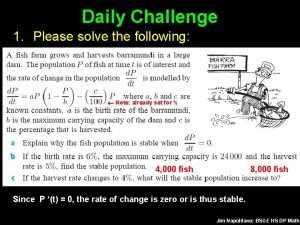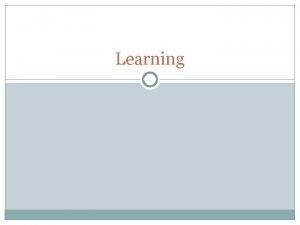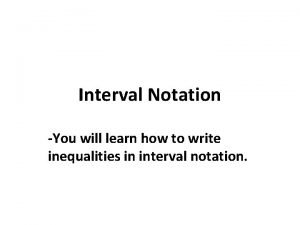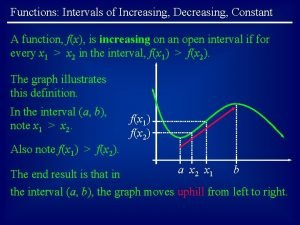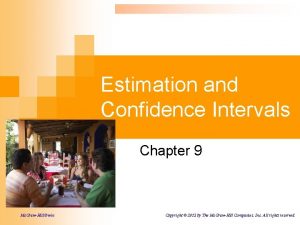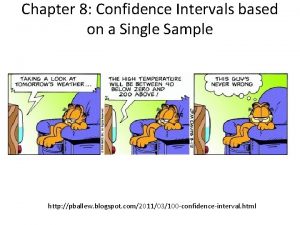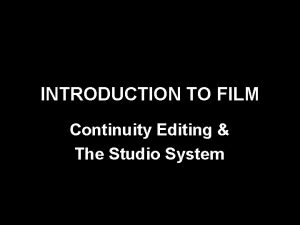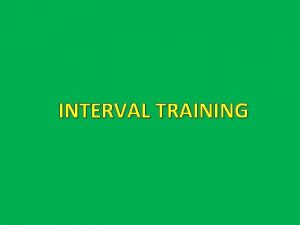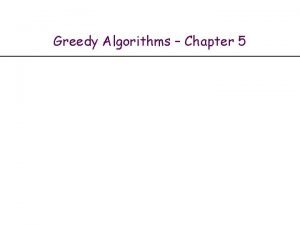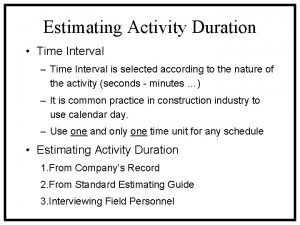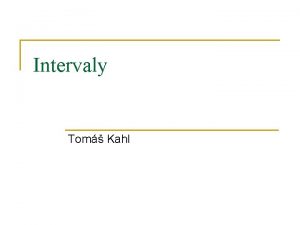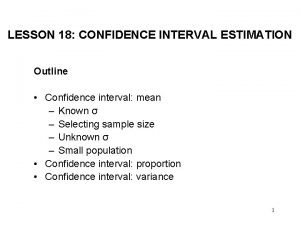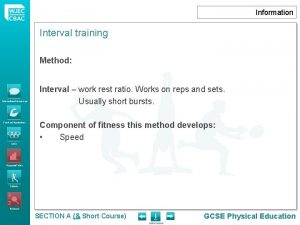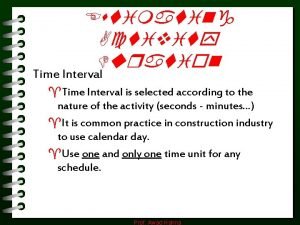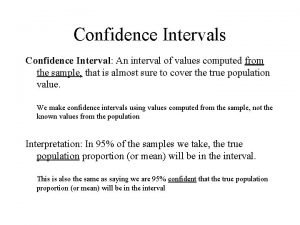5 Continuity on an Interval Continuity definition revisited














- Slides: 14

5. Continuity on an Interval

Continuity definition revisited Remember the definition of continuity When asked about continuity, check all 3 things, then make a concluding statement

Example 1 Discuss the continuity of

Example 2 Find the value of a so that the function is continuous at x = -1.

Example 3 Find the value of a and b so that the function is continuous at x = 1.

Continuity on an interval A function f(x) is continuous on an open interval (a, b) if and only if the function f(x) is continuous at every point in the interval (a, b) A function f(x) is continuous on a closed interval [a, b] if and only if it is continuous on open interval (a, b) and if the endpoints exhibit the following: In words, this means there must be a closed dot.

Example 4 Revisiting the graph of f(x), graphus interruptus, determine whether the function is continuous on given intervals. If not, explain. A) (-5, -2) B) (-5, -2] C) [-5, -2) D) [-5, -2] E) [0, 4] F) [6, 8) G) (2, 4) H) Find the largest value of b such that the function is continuous on (5, b] but not on (5, b+1]. i) Give the largest interval for a such that the function is continuous on (a, 10).

Functions that are continuous for all values in their domain Polynomials – all real numbers Rational functions (VAs and holes not in domain) Root functions (where value under square root > 0) Trig functions (sin and cos – all real numbers, others not at VA) Exponential functions – all real numbers Log functions (where value of log > 0)

Intermediate value theorem A function that is continuous on a closed interval takes on every y value between f(a) and f(b).

In other words…. . A function that is continuous can’t skip y values Note: Even though the function can’t skip y values, it can take on values that are outside of f(a) and f(b)

Example 5

Existence of zeros The IVT can be used to show the existence of zeros If one value of the function is negative and another is positive, there must be a zero somewhere in between

Example 6

Example 7 Here’s part of an example from the Free Response section of the 2007 AP exam. The functions f and g are differentiable (and continuous) for all real numbers, and g is strictly increasing. The function h is given by h(r)=f(g(r)) -6. Explain why there must be a value r for 1<r<3 such that h(r) = -5.
 Math lesson
Math lesson Zhuoyue zhao
Zhuoyue zhao Nada c g berjarak
Nada c g berjarak Fixed vs variable reinforcement
Fixed vs variable reinforcement Variable interval
Variable interval Absolute continuity implies uniform continuity
Absolute continuity implies uniform continuity Schedules of reinforcement ap psychology
Schedules of reinforcement ap psychology Open interval form
Open interval form Increasing decreasing constant functions
Increasing decreasing constant functions Confidence interval definition
Confidence interval definition Z value for 95 confidence interval
Z value for 95 confidence interval Confidence interval definition
Confidence interval definition Confidence interval notation
Confidence interval notation Classical continuity editing
Classical continuity editing Nature vs nurture definition psychology
Nature vs nurture definition psychology
